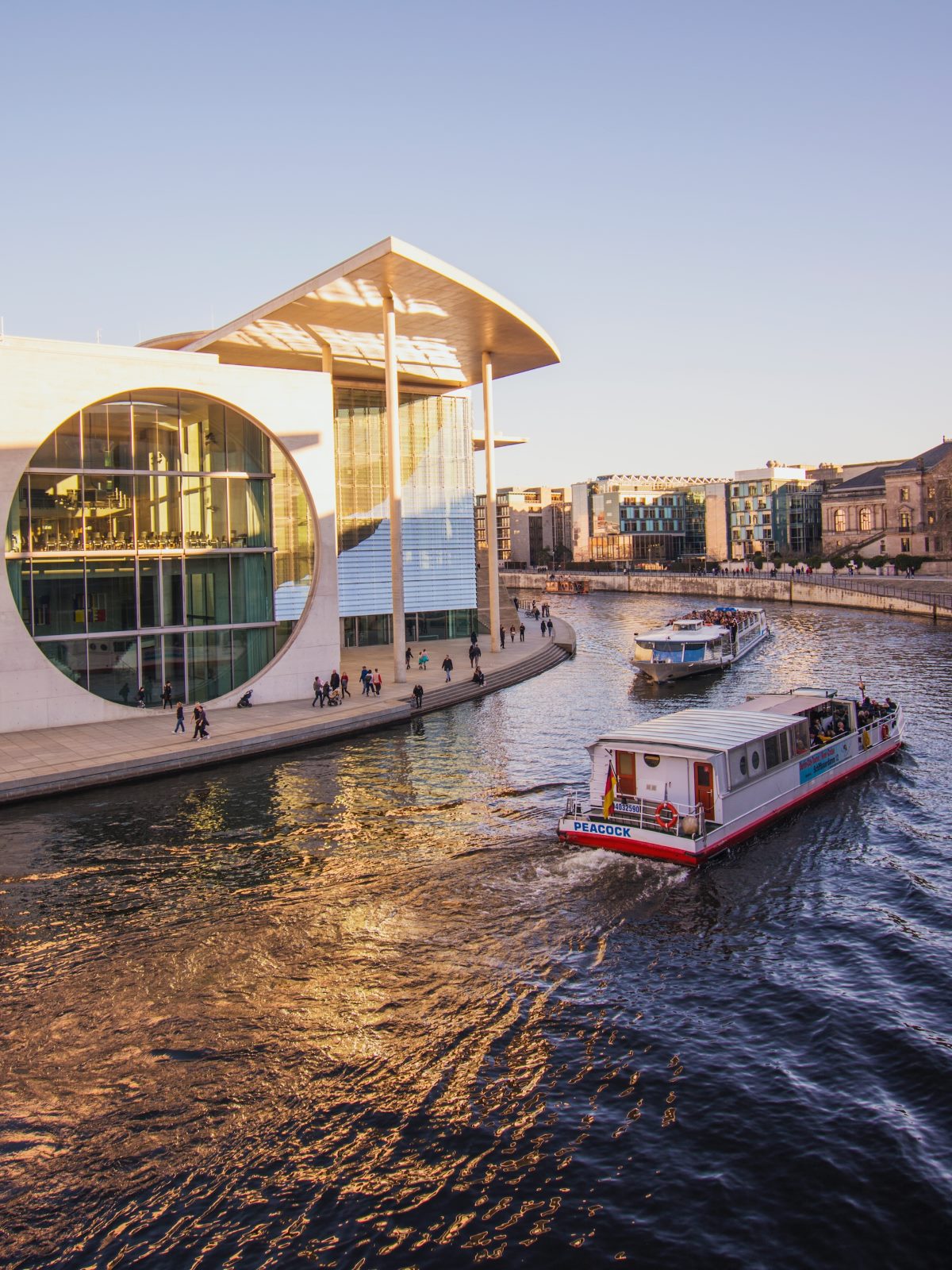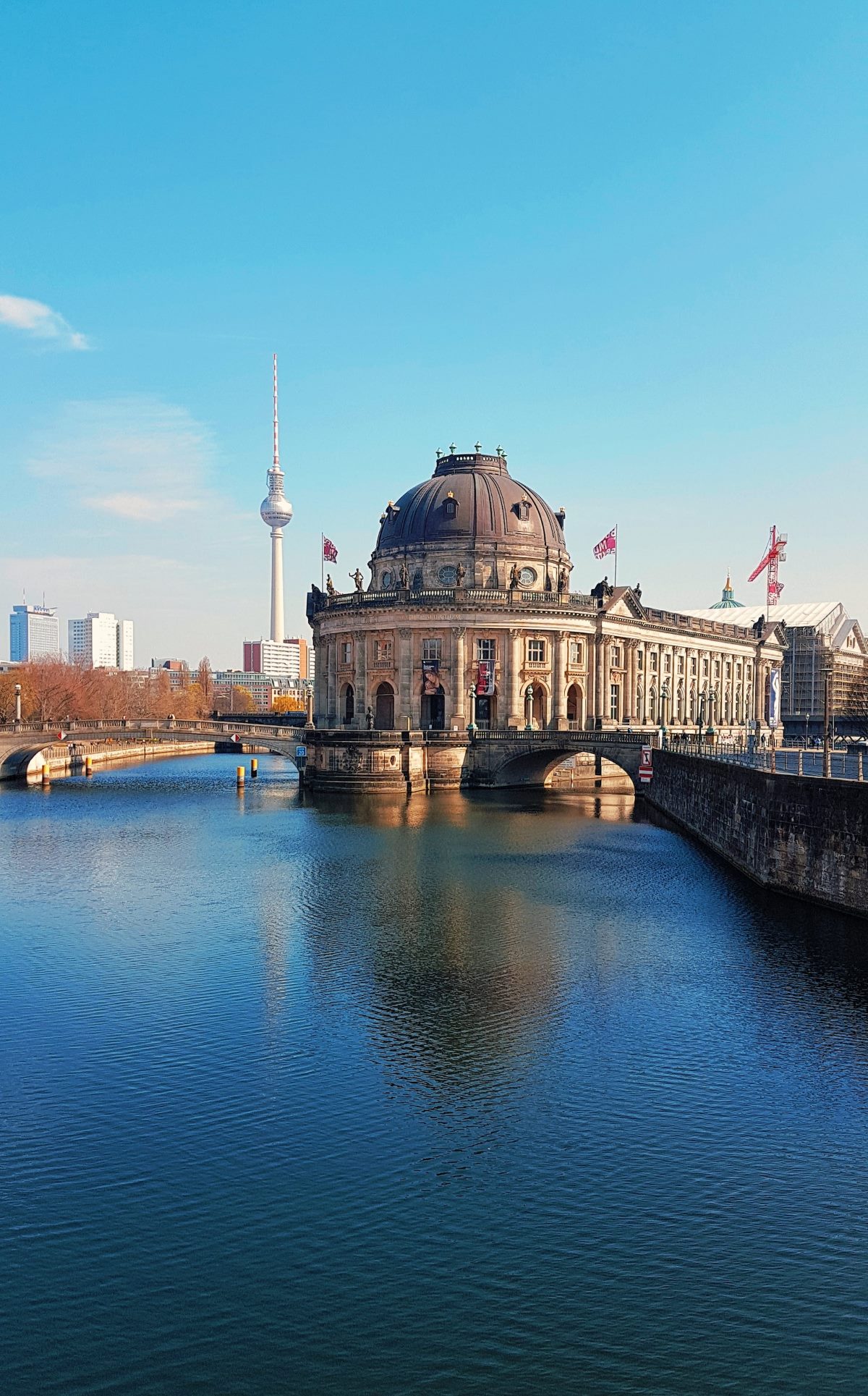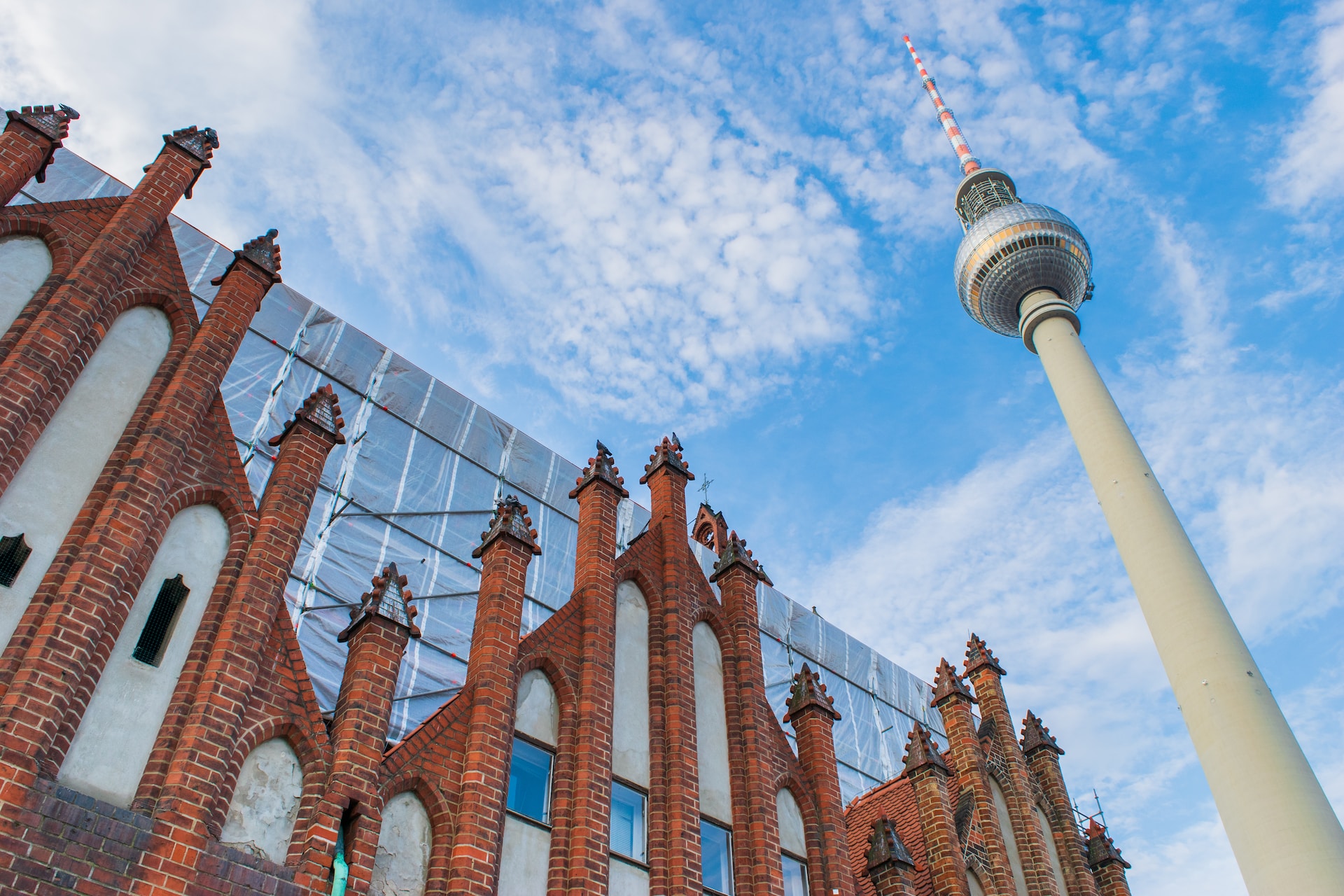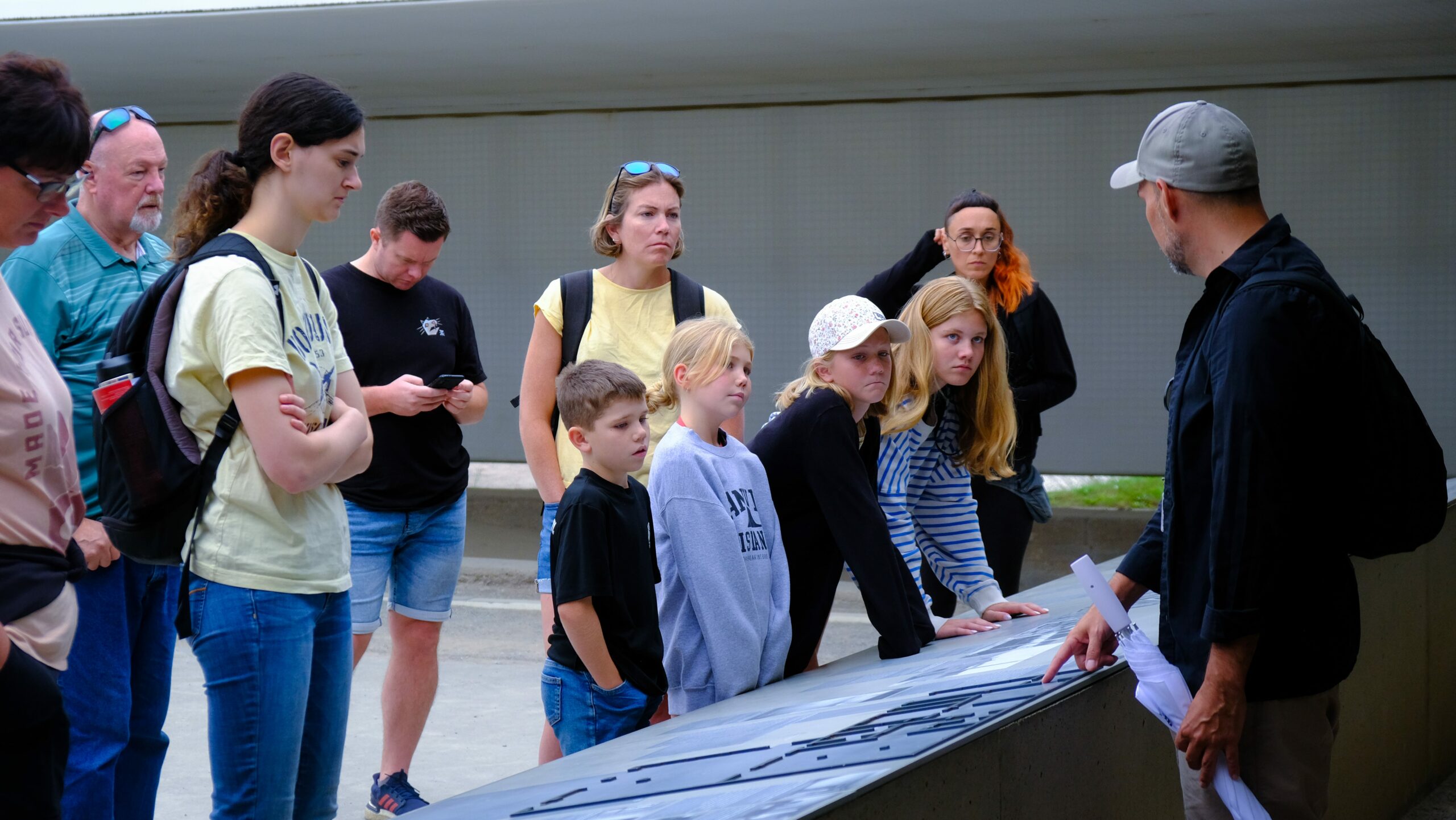Concentration camps were a dark chapter in history, particularly during World War II. They were established as part of the Nazi regime’s systematic persecution and genocide of millions of people, including Jews, Roma, LGBTQ+ individuals, disabled individuals, political dissidents, and others deemed undesirable by the Nazis. Berlin, as the capital of Germany during this period, had several concentration camps in and around the city.
Concentration camp functions along with their operational structures
- Initially built as prisons for political prisoners they evolved into facilities where incarcerated victims worked forcefully and researchers conducted human medical studies leading to large-scale killings. These concentration camps in Berlin fulfilled different purposes during that time.
- The main reason for confining people in these camps was to secure individuals the Nazi regime considered dangerous. Those who resisted the Nazi ideals or fell into categories of political enemies or social type definitions belonging to Nazi doctrines became interned in concentration camps.
- The concentration camp inmates conducted demanding physical labor while serving time in imprisonment. The German war machine required victims to work in factory production facilities along with building projects because Nazi leadership treated them without consideration for their health.
- Extermination camps emerged from concentration camps when new facilities were built during later stages of the war. Various camps including Auschwitz-Birkenau focused on designing mass death operations through which the main targets were Jewish people killed through gassing and other systematic killing methods.
Concentration camps in Berlin
The Nazi regime used multiple concentration camps which operated in Berlin for their objectives. The following list features the most important concentration camps which operated inside and near Berlin.
Sachsenhausen Concentration Camp
The Nazi administration created Sachsenhausen as a primary concentration camp situated near Berlin. The concentration camp primarily received political offenders together with academics and prominent people who resisted the Nazi Party.
Ravensbrück Concentration Camp
At 56 miles north of Berlin Ravensbrück dedicated itself to holding primarily women as prisoners in its concentration camp system. The camp accepted female inmates comprising political dissenters and resistance fighters together with Jehovah’s Witnesses.
Plötzensee Prison
The Nazi regime used Plötzensee Prison to pursue terror against the people though it operated outside traditional concentration camp functions. The Berlin facility operated mostly as an institution for political prisoners including opponents of the Nazi state.
Remembering the victims
The memory of all victims who suffered in Berlin’s concentration camps together with all other camps worldwide must be preserved. Many died in these facilities and numerous survivors continued to suffer from enduring emotional scars. Remembering those who died in these institutions and creating institutions that educate about mass killings builds memorial sites to prevent future genocide and tyranny.
Memorial to the Murdered Jews of Europe
The Memorial to the Murdered Jews of Europe stands out as an important memorial structure that exists in Berlin under its alternative designation “Holocaust Memorial.” Roughly 2,711 concrete slabs form a confusing pattern on an elevator terrain at this site which creates disorienting feelings in visitors. The memorial serves as a reminder of the scale and impact of the Holocaust.
Sachsenhausen Memorial and Museum
The Sachsenhausen Memorial and Museum displays historical material related to the former Sachsenhausen concentration camp facility through educational exhibitions guided by expert leaders. As an educational institution dedicated to memory the site functions both to commemorate the victims and to teach younger generations about the horrors that occurred during the past.
Conclusion
During World War II the Nazi regime built concentration camps in Berlin along with numerous others which became tragic expressions of their brutal and malicious policies. The study of this tragic historical chapter remains vital because it leads us toward building a society which bans the repetition of these tragic events. Our efforts to remember victims through memorialization enable us to understand contemporary values of tolerance along with respect as well as our obligation to fight against injustice.
Table of Contents




